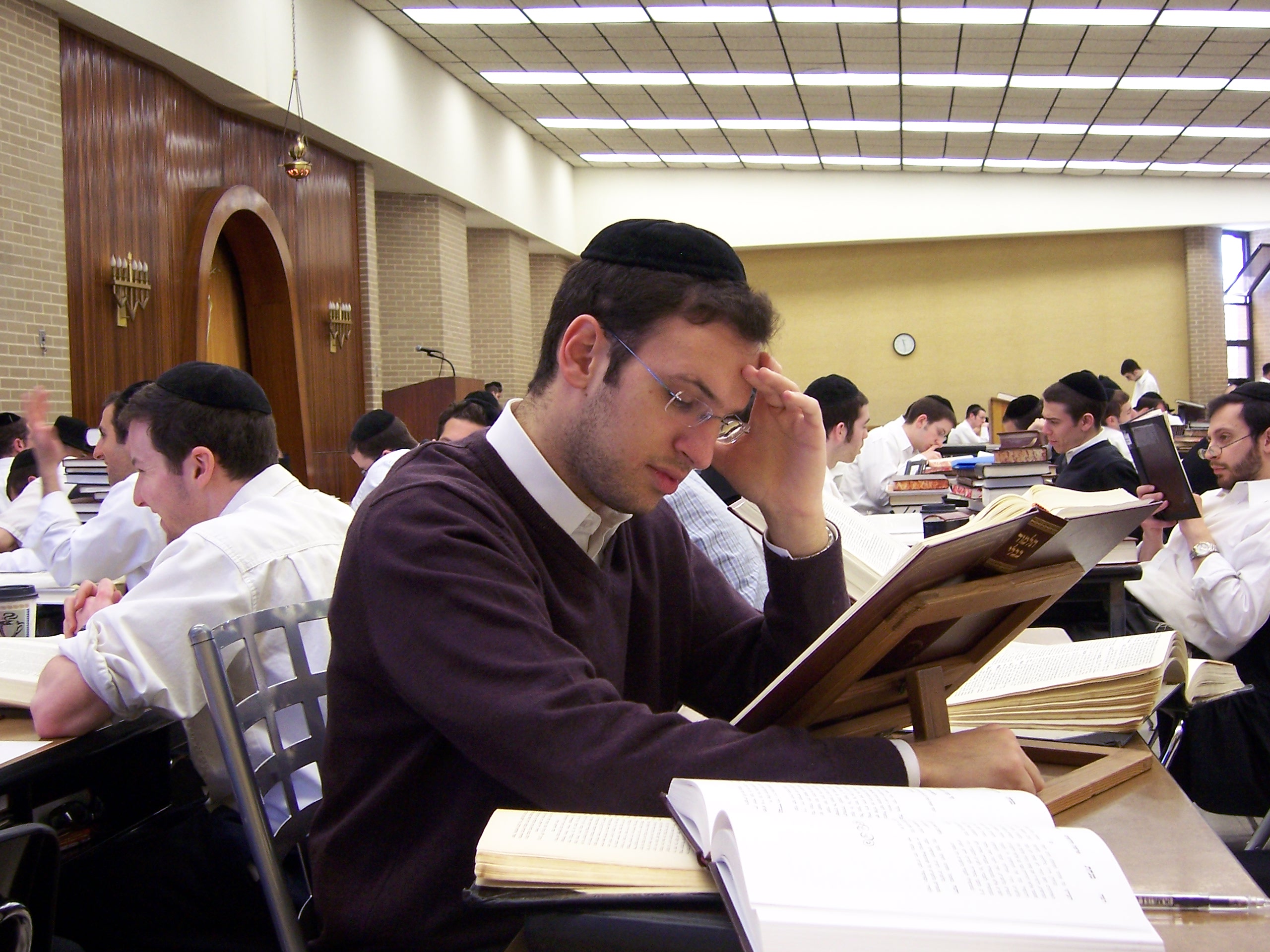|
Midrash Bet Zilkha
Midrash Bet Zilkha (or Midrash Abu Menashi) was an important Bet Midrash in Baghdad which was renowned among Eastern Jewry from the mid-19th to mid-20th centuries. Many of the great Babylonian rabbis of modern times arose from its halls, and rabbis from across the Arab world pursued advanced studies there. Founding Before the establishment of the Midrash, Hakham Abdallah Somekh would teach students free of charge. This was noted with warm approval by the Baghdadi grandee Ezekiel Reuben, who had a history of making generous contributions to charitable enterprises in Iraq and Ottoman Palestine, including the establishment of the Beis Yaa’kov Synagogue for the Perushim in the Old City of Jerusalem. In 1840, Reuben bought a suitable courtyard and built a rabbinical school devoted to Somekh’s students. It was first entitled Midrash Abu Menashi, after the Arabic nickname bestowed upon Reuben when he had his son Menashi (pronounced with an ultimate “i” according to the Iraqi di ... [...More Info...] [...Related Items...] OR: [Wikipedia] [Google] [Baidu] |
Beth Midrash
A ''beth midrash'' (, "house of learning"; : ''batei midrash''), also ''beis medrash'' or ''beit midrash'', is a hall dedicated for Torah study, often translated as a "study hall". It is distinct from a synagogue (''beth knesseth''), although the two are often coextensive. In Yiddish the ''beth midrash'' may be referred to as a ''zal'', i.e. "hall". ''Beis midrash'' can also refer to a yeshiva gedolah, the undergraduate-level program in Orthodoxy, for boys over 12th grade. The Arabic term "madrasah" is derived from the same Semitic root, and refers to any type of educational institution. The root דרש means "to seek nowledge and is then generalized to mean "expound". History Early rabbinic literature, including the Mishnah, makes mention of the ''beth midrash'' as an institution distinct from the '' beth din'' and Sanhedrin. It was meant as a place of Torah study and interpretation, as well as the development of ''halakha'' (the practical application of the Jewish Law ... [...More Info...] [...Related Items...] OR: [Wikipedia] [Google] [Baidu] |
Yehuda Fatiyah
Yehuda Fetaya (Yehuda ben Moshe ben Yeshou`ah Fetaya; 1859–1942) was a leading Kabbalist and authored many works of Kabbalah, among which three are well known, ''Yayin haReqa`h'', ''Bet Le`hem Yehuda'' and ''Min`hat Yehuda''. Life Yehuda Fatiya was born in Baghdad and died on ''ZaKh Menahem Av'' in Jerusalem. He was the main student of the Yosef Hayyim and was also a student of Hakham Shimon Agassi. Works ''Yayin haReqa`h'' is a commentary on the two ''Idras'' of the Zohar, ''Min`hat Yehuda'' incorporates kabbalistic interpretation of Tanakh through his encounter with spirits, while ''Bet Le`hem Yehuda'', his major work, is the authoritative commentary on the '' Sefer Etz Hayim'' of Isaac Luria and his student, Hayim Vital. Like many kabbalists, he practiced the '' kavanot'' of Shalom Sharabi. Fatiyah was famous in Baghdad and later Jerusalem for being the uncontested master in the science of kosher ''Qame`ot'' (amulets) and their writing, in the science of reincarnations ... [...More Info...] [...Related Items...] OR: [Wikipedia] [Google] [Baidu] |
Defunct Schools In Iraq
Defunct may refer to: * Defunct (video game), ''Defunct'' (video game), 2014 * Zombie process or defunct process, in Unix-like operating systems See also * * :Former entities * End-of-life product * Obsolescence {{Disambiguation ... [...More Info...] [...Related Items...] OR: [Wikipedia] [Google] [Baidu] |
History Of Education In Baghdad
History is the systematic study of the past, focusing primarily on the human past. As an academic discipline, it analyses and interprets evidence to construct narratives about what happened and explain why it happened. Some theorists categorize history as a social science, while others see it as part of the humanities or consider it a hybrid discipline. Similar debates surround the purpose of history—for example, whether its main aim is theoretical, to uncover the truth, or practical, to learn lessons from the past. In a more general sense, the term ''history'' refers not to an academic field but to the past itself, times in the past, or to individual texts about the past. Historical research relies on primary and secondary sources to reconstruct past events and validate interpretations. Source criticism is used to evaluate these sources, assessing their authenticity, content, and reliability. Historians strive to integrate the perspectives of several sources to develop a ... [...More Info...] [...Related Items...] OR: [Wikipedia] [Google] [Baidu] |
Sephardic Yeshivas
Sephardic Jews, also known as Sephardi Jews or Sephardim, and rarely as Iberian Peninsular Jews, are a Jewish diaspora population associated with the historic Jewish communities of the Iberian Peninsula (Spain and Portugal) and their descendants. The term "Sephardic" comes from ''Sepharad'', the Hebrew word for Iberia. These communities flourished for centuries in Iberia until they were expelled in the late 15th century. Over time, "Sephardic" has also come to refer more broadly to Jews, particularly in the Middle East and North Africa, who adopted Sephardic religious customs and legal traditions, often due to the influence of exiles. In some cases, Ashkenazi Jews who settled in Sephardic communities and adopted their liturgy are also included under this term. Today, Sephardic Jews form a major component of world Jewry, with the largest population living in Israel. The earliest documented Jewish presence in the Iberian Peninsula dates to the Roman period, beginning in the first ... [...More Info...] [...Related Items...] OR: [Wikipedia] [Google] [Baidu] |


